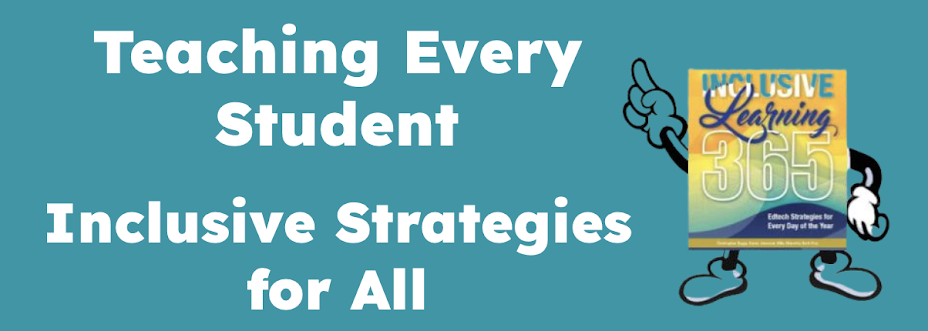Bernard Frischer, director of the "Rome Reborn" project and director of the Institute for Advanced Technology in the Humanities at the University of Virginia, stated, "'Rome Reborn 1.0' is the continuation of five centuries of research by scholars, architects and artists since the Renaissance who have attempted to restore the ruins of the ancient city with words, maps and images. Now, through hard work by our interdisciplinary team, we have realized their seemingly impossible dream. This is just the first step in the creation of a virtual time machine, which our children and grandchildren will use to study the history of Rome and many other great cities around the world.Every student learns about ancient civilizations as part of the K-12 curriculum. This virtual world will transform learning in our classrooms and allow students to envision life in ancient times in ways never dreamed possible.
This is a paradigm shift of enormous magnitude. Are there any teachers who would not utilize such a rich and sophisticated resource? The power of interactive, digital simulation vs. the power of static, inflexible print in textbooks. Which resource would you prefer in your classroom?

2 comments:
Karen, thanks for the link. I'll have to redo my units for next year! I would think this would be something that every teacher would want to use. I'm going to pass it around the division to see what kind of response I get. I'd love to work with you! I keep wondering what it would be like to work in a school where everyone, from janitor through Educational Assistants past teachers to principal all were searching and seeking, trying new practices and using the most advanced tools to shape learning. It's always nice to dream!
While the Rome model is intriguing, there can be much more done if we think a little bit out of the box. The VisiblePast.net project at Purdue, which uses part of the Rome model, goes in the same direction but much farther.
Post a Comment